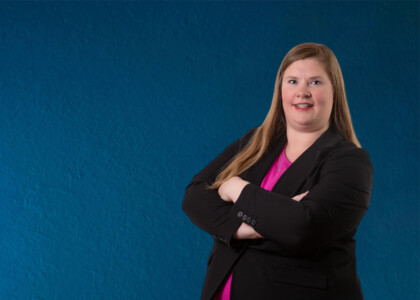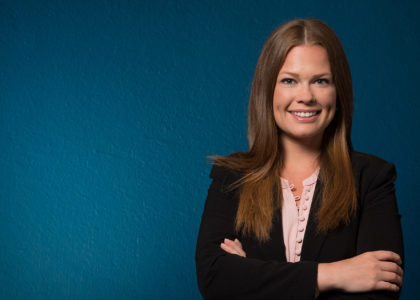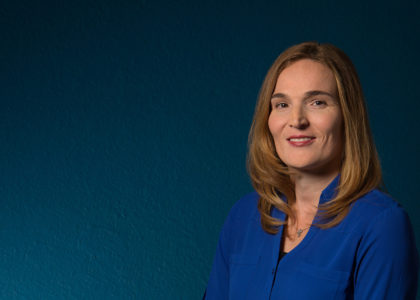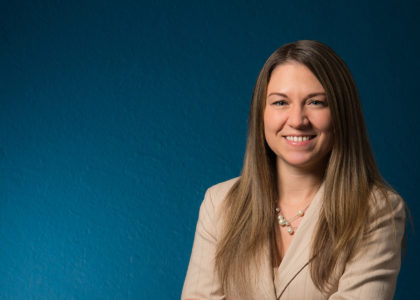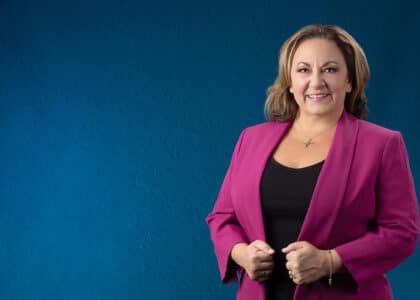SBA Form 3508, Paycheck Protection Program Loan Forgiveness Application, was released on Friday, May 15, 2020. The form provides some answers for borrowers on qualifying expenses and documentation requirements.
COVERED PERIOD
The application clarifies that the Covered Period for determining the expenses eligible for loan forgiveness is the eight-week period beginning on the day that loan proceeds were received. For administrative convenience, borrowers with a bi-weekly (or more frequent) payroll schedule may choose an “Alternative Payroll Covered Period” that begins on the first day of the first payroll period following their Paycheck Protection Program (PPP) loan disbursement date. This exception will not apply to many borrowers and is only applied to payroll costs and not to non-payroll covered expenses like rent and utilities.
ELIGIBLE PAYROLL COSTS
The application states that, “Borrowers are generally eligible for forgiveness for payrolls costs paid and payroll costs incurred” during the Forgiveness Period (Covered Period or Alternative Payroll Covered Period if applicable). Payroll costs are considered paid on the day the paychecks are distributed or the Borrower originates an ACH credit transaction. Payroll costs are incurred on the day that the employee’s pay is earned. Payroll costs incurred, but not paid during the Borrower’s last pay period of the covered period, are eligible for forgiveness if paid on or before the next regular payroll date. Otherwise, payroll costs must be paid during the Forgiveness Period. Non-cash compensation (e.g., health insurance, retirement plan benefits, etc.) must be paid during the Forgiveness Period.
For non-owner employees, the application allows cash compensation up to the $15,385 limit, plus other payroll expenses, including health insurance and retirement benefits. However, the application separates the amount paid to owners (owner-employees, self-employed individuals and general partners) and places a cap of $15,385 on all payroll costs inclusive of health insurance, retirement plan benefits and other non-cash compensation. This is a significant change from the initial reading of the law.
ELIGIBLE NON-PAYROLL COSTS
Non-payroll costs eligible for forgiveness include:
- Payments of interest on any business mortgage obligation on real or personal property in existence before February 15, 2020;
- Business rent or lease payments made pursuant to lease agreements for real or personal property in force before February 15, 2020; and
- Business payments for a service for the distribution of electricity, gas, water, transportation, telephone or internet access for which service began before February 15, 2020.
An eligible, non-payroll cost must be paid during the Covered Period or incurred during the Covered Period and paid on or before the next regular billing date, even if the billing date is after the Covered Period.
ADJUSTMENTS TO THE LOAN FORGIVENESS AMOUNT
Salary/Hourly Wage Reduction
The first adjustment reduces the amount of loan forgiveness if salary or hourly wages of certain employees were reduced by more than 25% during the Forgiveness Period, as compared to the period from January 1, 2020 through March 31, 2020. To determine if this reduction applies, the following tests must be performed for each employee (Note: Any employee that received compensation from Borrower at an annualized rate of more than $100,000 for any pay period in 2019 is exempt from this test.):
First, divide the average annual salary/hourly rate for the Forgiveness Period by the average annual salary/hourly rate from January 1, 2020 through March 31, 2020 for each employee. If the amount for any employee is less than 75%, an adjustment may need to be made.
For employees that failed the first test, calculate the average annual salary/hourly rate for the period from February 15, 2020 through April 26, 2020 and compare to the annual salary/hourly rate at February 15, 2020. If the rate is the same or greater, no adjustment for that employee is required. If this test is failed as well, compare that employee’s salary/hourly rate as of February 15, 2020 with their rate at June 30, 2020. If the rate is the same or greater, no adjustment for that employee is required.
There is an additional exception for employees that fail the above tests if they were fired for cause, voluntarily resigned, voluntarily requested and received a reduction in hours, or where the borrower made a good faith, written offer to rehire an employee during the Forgiveness Period, but the employee rejected the offer.
Reduction in Full-Time Equivalent Employees (FTEs)
The total amount forgiven will be reduced if your FTE headcount is reduced.
A fraction must be calculated as follows:
Numerator: Average number of FTEs per month employed during the eight-week period.
Denominator: The lesser of the average number of FTEs per month employed (i) during the period beginning on February 15, 2019 and ending on June 30, 2019; or (ii) the period beginning on January 1, 2020 and ending on February 29, 2020.
If this fraction is less than one, forgivable expenses will be reduced proportionately.
A few items that the application clarifies or changes from prior expectations are important to note:
- Owner-employees, self-employed individuals and general partners are not included in the FTE counts;
- To determine FTEs, enter the average number of hours paid per week for each employee divided by 40. Round to the nearest tenth, but cap at 1.0 for each employee; and
- Alternatively, a borrower may assign employees that work 40 hours or more per week a factor of 1.0 and employees that work less than 40 hours per week a factor of 0.5.
This reduction can be avoided if the FTEs as of June 30, 2020 are restored to the level of FTEs as of February 15, 2020. Note that the application makes it clear that this is an all or nothing test. If some FTEs are restored, but not to the level at February 15, 2020, the full reduction remains.
75% Test
Finally, the requirement that a minimum of 75% of the total loan forgiveness be for payroll costs remains. This test is applied using all eligible payroll costs before any reductions required from the above. Eligible payroll costs include owner-employee, self-employed individual and general partner pay limited to the $15,385 per person inclusive of all benefits.
DOCUMENTATION REQUIRED
The following documentation will need to be included with the application for forgiveness:
Payroll Costs
- Bank account statements or third-party payroll service provider reports documenting the amount of cash compensation paid to employees;
- Tax forms (or equivalent third-party payroll service provider reports) for the periods that overlap with the Covered Period or Alternative Payroll Covered Period; and
- Payment receipts, cancelled checks, or account statements documenting the amount of any employer contributions to employee health insurance and retirement plans that the Borrower included in the forgiveness amount.
FTEs
- Documentation showing the average number of FTE employees on payroll per month between February 15, 2019 and June 30, 2019, or January 1, 2020 and February 29, 2020 (at borrower’s discretion). Note that a seasonal employer may also use any consecutive 12-week period between May 1, 2019 and September 15, 2019.
Non-Payroll Costs
- Business mortgage interest payments will require a copy of lender amortization schedule and receipts, cancelled checks or account statements verifying payments made during the Covered Period;
- Business rent and lease payments will require a copy of the current lease agreement and receipts, cancelled checks or account statements verifying payments made during the Covered Period;
- Business utility payments will require copies of invoices from February 2020 and those paid during the Covered Period, and receipts, cancelled checks or account statements verifying the eligible payments were made; and
- Computations of the salary/wage reduction calculations, any employee job offers and refusals, firings for cause, voluntary resignations, and written request by any employee for a reduction in work schedule, if applicable.
All records relating to the Borrower’s PPP loan must be retained for six years from the time the loan is forgiven or repaid in full. This includes documentation submitted with the PPP loan application, documentation supporting the Borrower’s certifications as to the necessity of the loan and eligibility for the loan, documentation supporting Borrower’s loan forgiveness application and documentation supporting Borrower’s material compliance with PPP requirements.
The Loan Forgiveness Application clarifies a number of questions and raises others. It is a complex document and additional changes may occur as commentators review and Congress continues to consider amended legislation.
Related Read: Paycheck Protection Program: Additional Money, Loan Forgiveness and Other Guidance
Your ORBA advisor is available to assist you through this complex process. If you have questions regarding this Client Alert or if we can be of assistance in helping you through the application or forgiveness process, please contact Frank Washelesky at [email protected] or your ORBA advisor.
Related Services
Related Industries
Dental
Health Care
Law Firms and Lawyers
Manufacturing and Distribution
Not-For-Profit
Restaurant
Real Estate





